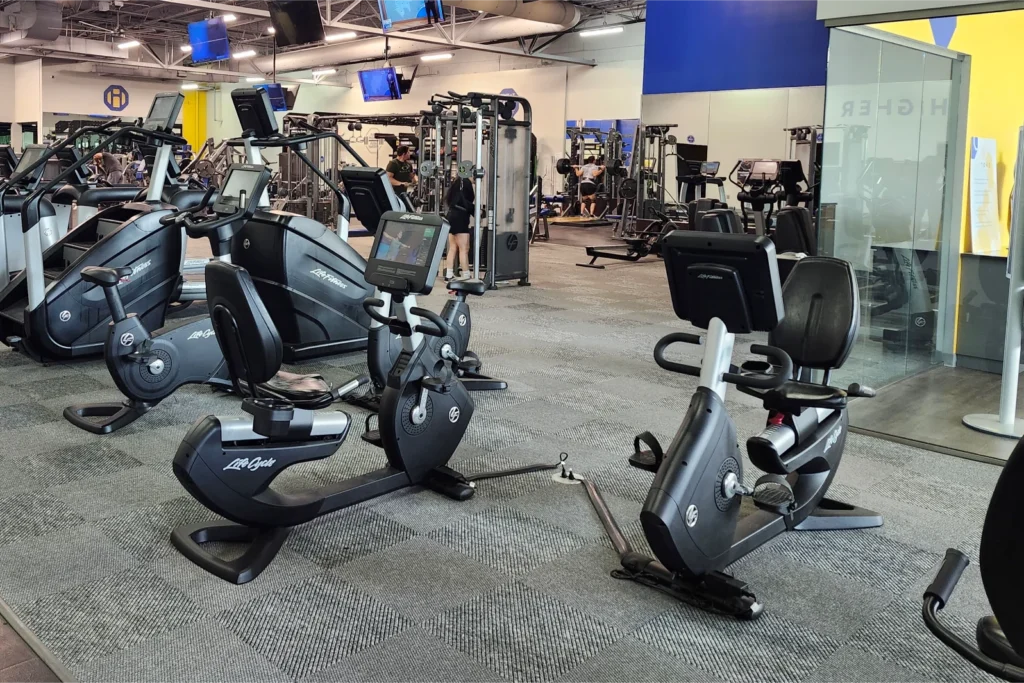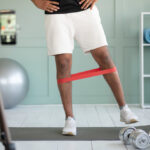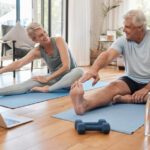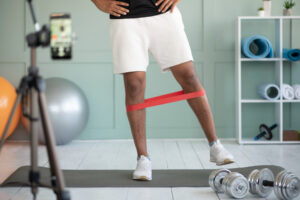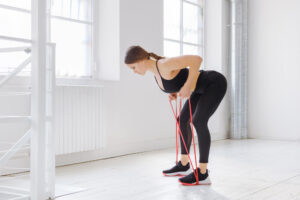Cardio is the heart of any balanced fitness routine, pun intended. Whether you’re looking to burn fat, improve cardiovascular health, or simply keep your body moving, cardio exercises are essential. Two of the most popular low-impact cardio machines found in gyms and homes alike are elliptical and stationary bikes. Both promise effective workouts, but which one aligns best with your fitness goals? In this post, we’ll break down the key differences and benefits of each machine to help you decide which is better suited for your individual needs.
Calorie burn comparison
Elliptical:
- The elliptical is a calorie-burning powerhouse, torching anywhere from 220 to 350 calories in a 30-minute session, depending on your intensity and body weight.
- One of its standout features is that it engages both your upper and lower body, meaning your arms, core, and legs all get a piece of the action, contributing to higher overall calorie burn during full-body workouts.
Stationary Bike:
- On a stationary bike, you can expect to burn around 210 to 300 calories in 30 minutes, depending on factors like resistance and body weight.
- While it might not engage the upper body as much as the elliptical, it can be incredibly effective for high-intensity interval training (HIIT), where you push hard in short bursts, maximizing calorie burn.
Continue your cardio comparison roll with the HIIT and tabata head-to-head analysis.
Which burns more?
While the elliptical tends to burn more calories due to its full-body involvement, the stationary bike can give it a run for its money if you amp up the intensity, especially during HIIT sessions. In short, if calorie burn is your goal, the elliptical may have the edge, but both machines can be equally effective with the right intensity.
Impact on joints and injury prevention
Elliptical:
- The elliptical’s gliding motion is smooth and forgiving on the joints, particularly the knees and hips. This makes it a top choice for individuals with joint concerns or those recovering from injury.
- Its weight-bearing nature can actually help maintain bone density without the harsh impact of running, while the continuous movement minimizes the risk of jarring injuries.
Stationary Bike:
- The stationary bike is also low-impact, but the seated position might cause more pressure on the hips and lower back, especially if your posture is off. That said, for people with knee issues or who need to reduce body weight pressure on their joints, the bike is a great option.
- It’s especially beneficial for those recovering from knee surgeries or looking for a gentle rehabilitation tool.
Which is Easier on the Joints?
Both machines are joint-friendly, but the elliptical offers a more fluid and weight-bearing motion. This makes it slightly better for individuals who want to avoid putting pressure on their joints. The stationary bike, on the other hand, is an excellent option for people who prefer seated exercise or have knee sensitivities.
If you’re having trouble with joints but want to take your fitness to the top level, get in touch with our personal trainers in Sanford.
Who should use the elliptical?
- People looking for a full-body workout that engages arms, legs, and core.
- Those with joint issues or in injury recovery who need a low-impact yet effective cardio option.
- Beginners or individuals wanting to ease into moderate-intensity cardio without pushing too hard.
- Anyone who prefers a machine that combines strength and cardio for an all-in-one workout experience.
Who should use the stationary bike?
- People focused on building lower-body strength and endurance, targeting the glutes, hamstrings, and quads.
- Those interested in HIIT or spin-style workouts where intensity is key.
- Individuals with limited space who need a compact, simple cardio machine.
- Cyclists or those looking to boost their endurance without worrying about upper-body involvement.
Final thoughts
When it comes down to elliptical vs. stationary bike, there’s no one-size-fits-all answer. Both are excellent low-impact cardio machines that can help you burn calories, improve cardiovascular health, and support joint-friendly workouts.

